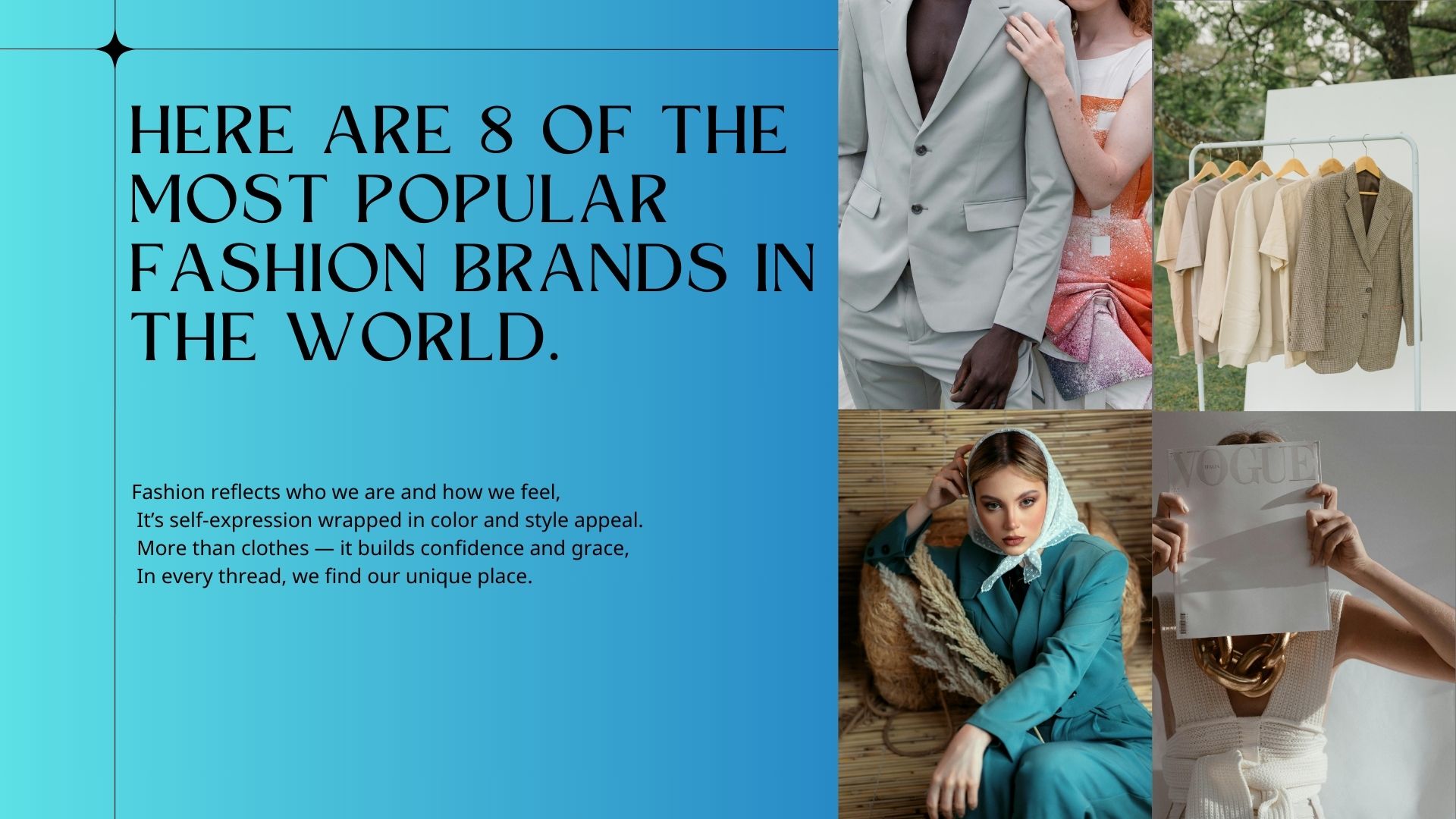
- Louis Vuitton (LV)
- Gucci
- Dior
- Balenciaga
- Prada
- Nike
- Chanel
- Off-White
1. Louis Vuitton (LV)
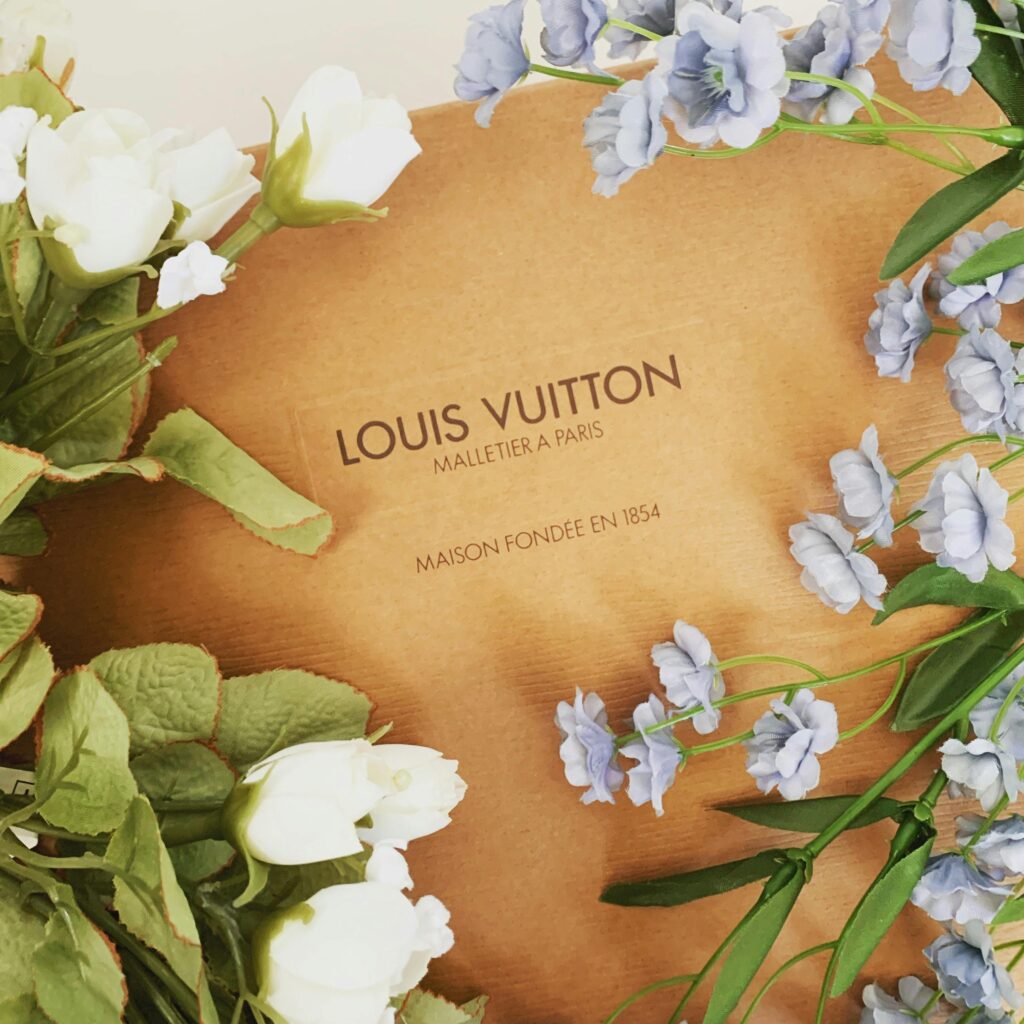
Louis Vuitton (LV): A Legacy of Luxury
Overview:
Louis Vuitton, often abbreviated as LV, is a French luxury fashion house and one of the most recognized brands in the world. Founded in 1854 by Louis Vuitton himself, the brand began as a maker of high-quality luggage and travel trunks. Today, it has expanded into a global empire offering everything from leather goods and ready-to-wear fashion to shoes, accessories, jewelry, and fragrance.
Origins and Early Success:
Louis Vuitton started by crafting durable, flat-topped trunks covered in Trianon canvas, which made them lightweight and stackable — a revolutionary idea at the time. His creations quickly gained popularity among aristocrats and travelers, leading to the opening of the first LV store in Paris.
In 1896, Vuitton’s son Georges created the iconic LV monogram canvas as a way to fight counterfeiting. This design, featuring the interlocking “L” and “V” with floral motifs, became one of the most recognizable and replicated symbols in fashion history.
Cultural Influence and Collaborations:
Louis Vuitton has consistently led the luxury world in both innovation and marketing. Its limited-edition pieces, celebrity endorsements, and runway shows generate significant media buzz. The brand has also been known for its artist collaborations, partnering with creatives like Yayoi Kusama, Supreme, and Pharrell Williams (appointed men’s creative director in 2023).
Global Presence:
Today, Louis Vuitton operates hundreds of boutiques worldwide and maintains its reputation as a symbol of elegance, innovation, and status. It is consistently ranked as one of the most valuable luxury brands, reflecting both its historical roots and modern relevance.
Conclusion:
From pioneering travel trunks to redefining fashion culture, Louis Vuitton’s story is one of craftsmanship, innovation, and enduring style. Whether through its iconic monogram or trendsetting collections, LV continues to shape the future of luxury fashion.
2. Gucci

Gucci: Icon of Italian Luxury and Reinvention
Overview:
Gucci is an Italian luxury fashion house known for its bold designs, high-quality craftsmanship, and cultural influence. Founded in Florence in 1921 by Guccio Gucci, the brand began as a maker of fine leather goods and luggage. Over a century later, Gucci has become one of the world’s most valuable and trend-setting fashion brands, blending heritage with modernity in daring and innovative ways.
Origins and Early Growth:
Guccio Gucci started his brand inspired by the luxurious luggage he saw while working at London’s Savoy Hotel. Returning to Italy, he opened a shop selling finely crafted leather travel items. Gucci’s early success was rooted in artisanal craftsmanship and attention to detail, attracting an elite clientele that included royalty and Hollywood stars.
By the mid-20th century, Gucci had introduced signature elements like the green-red-green web stripe, the horsebit motif, and the interlocking GG logo, which became global symbols of status and style.
Pop Culture and Influence:
Gucci is deeply embedded in music, film, and pop culture. From hip-hop lyrics to Hollywood movies (like House of Gucci, starring Lady Gaga and Adam Driver), the brand has become a symbol of both luxury and street credibility.
Conclusion:
Gucci’s journey from a Florentine leather shop to a global fashion giant is a story of transformation, creativity, and resilience. Known for pushing boundaries while honoring its roots, Gucci remains at the forefront of style — fearless, flamboyant, and forever iconic.
3. Dior
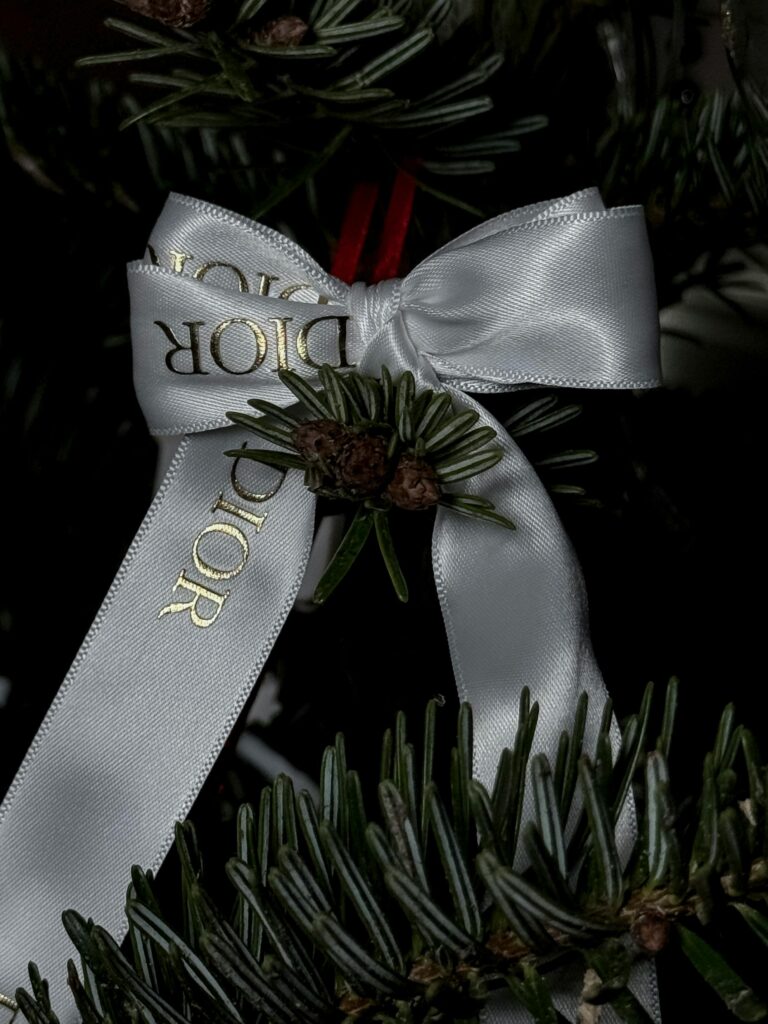
Dior: Elegance, Innovation, and Haute Couture Legacy
Overview:
Dior, officially known as Christian Dior SE, is a French luxury fashion house that has shaped the world of high fashion since its founding in 1946 by designer Christian Dior. Known for timeless elegance, refined femininity, and masterful craftsmanship, Dior has remained at the forefront of haute couture and ready-to-wear fashion for nearly eight decades.
The Birth of the “New Look”:
Christian Dior revolutionized women’s fashion in 1947 with his debut collection, famously dubbed the “New Look” by Harper’s Bazaar editor Carmel Snow. The collection featured cinched waists, full skirts, and soft shoulders — a dramatic contrast to the austere styles of wartime. It celebrated beauty, glamour, and femininity, helping re-establish Paris as the fashion capital of the world.
The Bar Jacket, a key piece from that collection, remains one of Dior’s most iconic garments and a symbol of classic French chic.
Growth and Global Expansion:
Following Christian Dior’s sudden death in 1957, a 21-year-old Yves Saint Laurent became the house’s head designer, ensuring continuity and modernizing Dior’s vision. Over the decades, other notable designers like Marc Bohan, Gianfranco Ferré, John Galliano, and Raf Simons each brought new interpretations of the Dior aesthetic.
Under Galliano (1996–2011), Dior embraced theatricality, drama, and fantastical couture shows. Raf Simons (2012–2015) refined the brand with minimalist elegance and architectural silhouettes.
Maria Grazia Chiuri, who became the first female creative director of Dior in 2016, has focused on female empowerment, wearable yet poetic fashion, and global cultural inspirations. She’s brought a modern feminist voice to the house while preserving its haute couture excellence.
Cultural Impact and Timelessness:
Dior stands as a symbol of timeless luxury and grace, frequently seen on red carpets, in museum exhibitions, and throughout pop culture. It blends old-world craftsmanship with cutting-edge design, offering both fantasy and function.
Conclusion:
Dior isn’t just a fashion brand — it’s a heritage, a philosophy, and an evolving vision of elegance. From the revolutionary New Look to modern feminist couture, Dior continues to define and redefine the essence of high fashion.
4. Balenciaga
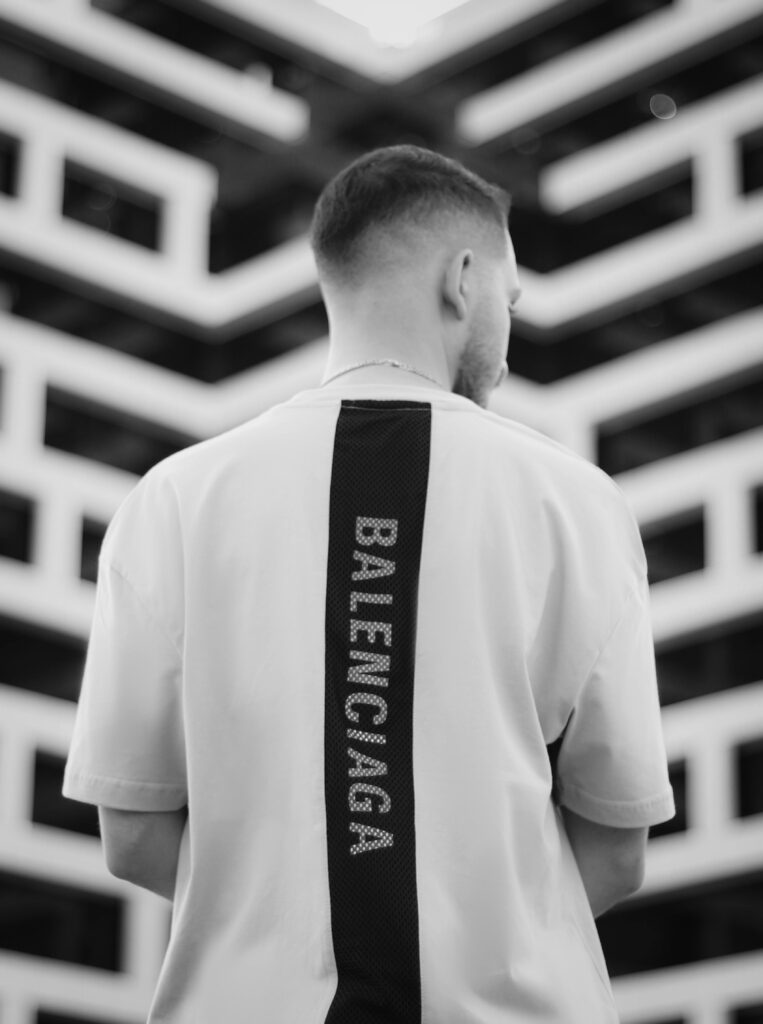
Balenciaga: Avant-Garde Fashion with Street Edge
Overview:
Balenciaga is a Spanish-born, Paris-based luxury fashion house known for pushing boundaries in shape, silhouette, and cultural commentary. Founded in 1917 by Cristóbal Balenciaga, the brand is famed for its radical innovation in couture and its transformation into a bold, edgy label that often blurs the line between fashion, art, and social critique.
Cristóbal Balenciaga: The Master of Couture
Cristóbal Balenciaga was a visionary designer often called “the couturier’s couturier” for his unmatched technical skill and sculptural approach to fashion. Opening his first Paris salon in 1937, he introduced revolutionary silhouettes like the bubble skirt, sack dress, and baby doll dress, redefining the female form in fashion.
Designers such as Christian Dior and Coco Chanel revered Balenciaga. Dior famously said, “Haute couture is like an orchestra, whose conductor is Balenciaga. We other couturiers are the musicians and we follow the direction he gives.”
Balenciaga retired in 1968, and the brand remained mostly dormant until its revival in the late 20th century.
Modern Revival and Reinvention
In the late 1990s and early 2000s, Nicolas Ghesquière breathed new life into Balenciaga with futuristic designs and sharply tailored jackets. His work struck a balance between honoring Balenciaga’s sculptural legacy and creating bold, modern statements.
In 2015, Demna Gvasalia (known simply as Demna) took over as creative director, transforming Balenciaga into one of the most provocative and talked-about brands in fashion. With a background in streetwear and conceptual design (via Vetements), Demna infused the label with irony, oversized silhouettes, and social commentary.
Controversy and Cultural Impact:
Balenciaga is no stranger to controversy. Its marketing often walks a fine line between art and provocation, sometimes sparking public backlash. Despite this, the brand remains influential, shaping conversations around fashion’s role in culture and society.
Conclusion:
Balenciaga is a fashion house rooted in couture mastery yet constantly evolving with a rebellious spirit. From Cristóbal’s elegant minimalism to Demna’s ironic maximalism, Balenciaga continues to challenge norms and redefine what luxury fashion means today.
5. Prada

Prada: Intellectual Elegance and Modern Minimalism
Overview:
Prada is an Italian luxury fashion house known for its sleek sophistication, clean lines, and avant-garde approach to style. Founded in 1913 by Mario Prada, the brand originally specialized in fine leather goods. Over the past century — especially under the direction of Miuccia Prada — it has evolved into a symbol of intellectual fashion, merging classic design with forward-thinking innovation.
Early Beginnings:
Mario Prada opened the first Prada store in Milan as Fratelli Prada (Prada Brothers), offering high-end bags, trunks, and accessories made from luxurious materials. The brand quickly gained a reputation for quality and even became an official supplier to the Italian royal family.
For many years, Prada remained a respected yet relatively niche label — until Miuccia Prada, Mario’s granddaughter, took over in 1978.
Miuccia Prada and the Modern Revolution:
Miuccia Prada, with a background in political science and theater, brought a radically different vision to the brand. She introduced a minimalist, understated aesthetic that contrasted sharply with the flashy fashion of the 1980s. Her 1985 launch of a simple black nylon backpack with a triangle logo turned utilitarian material into luxury — a bold and iconic move that defined the brand’s future.
Under her leadership, Prada became known for “ugly chic” — challenging traditional ideas of beauty by embracing awkward silhouettes, strange color combinations, and intellectual concepts. Prada’s collections often explore themes like feminism, consumerism, and power.
Cultural Influence:
Prada has a strong presence in film (The Devil Wears Prada, anyone?), art, and architecture — the Fondazione Prada in Milan is a contemporary art space showcasing the brand’s cultural vision beyond fashion.
Conclusion:
Prada stands as a symbol of refined rebellion — elegant yet subversive, intellectual yet wearable. With Miuccia’s fearless creativity and Raf Simons’ visionary collaboration, the brand continues to lead the fashion world not just in style, but in substance.
6. Nike
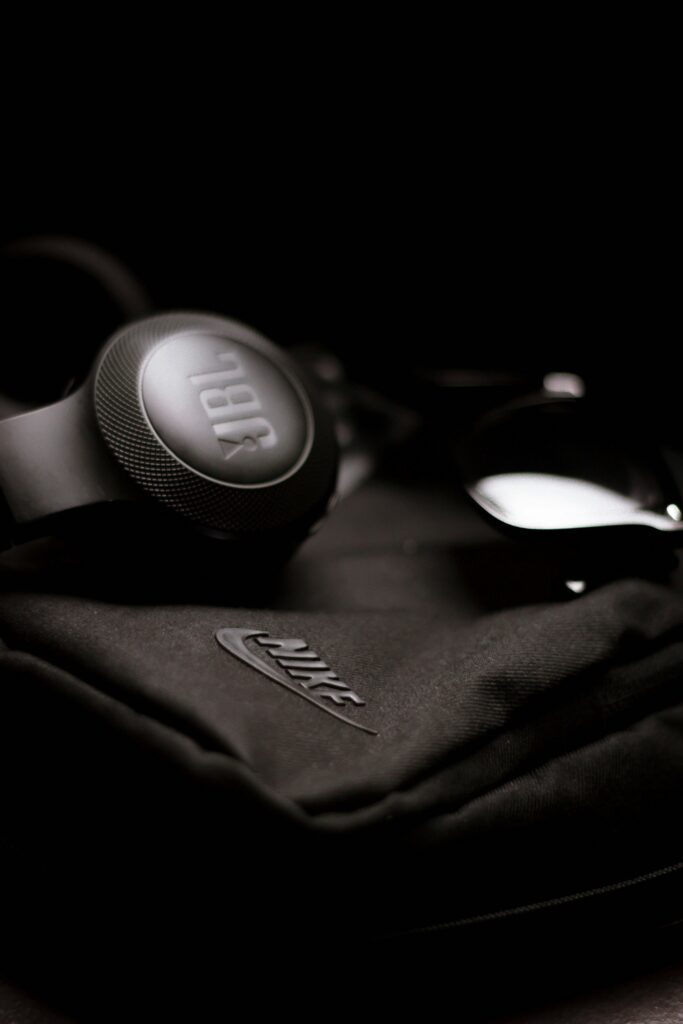
Nike: Innovation, Performance, and Global Culture
Overview:
Nike, Inc. is an American multinational corporation that designs, develops, and sells athletic footwear, apparel, equipment, and accessories. More than just a sportswear brand, Nike is a global cultural icon — synonymous with performance, innovation, and style. Its Swoosh logo and “Just Do It” slogan are among the most recognizable symbols in the world.
Founding and Early Days:
Nike was founded in 1964 as Blue Ribbon Sports by University of Oregon track coach Bill Bowerman and his former athlete Phil Knight. It officially became Nike, Inc. in 1971, named after the Greek goddess of victory. The brand’s mission was simple: create performance-driven shoes that help athletes push their limits.
The original Nike Swoosh was designed by a graphic design student, Carolyn Davidson, for just $35 — and it’s now one of the most iconic logos on Earth.
Style and Streetwear:
Beyond performance, Nike has become a staple in streetwear and everyday fashion. Collaborations with Off-White (Virgil Abloh), Travis Scott, Comme des Garçons, and Sacai have turned classic Nike silhouettes into collectible fashion pieces.
Lines like Nike SB (Skateboarding) and Nike Sportswear blur the line between sport and street style.
Sustainability and Innovation:
Nike is investing heavily in eco-conscious design and innovation. Its Move to Zero campaign is a promise toward zero carbon and zero waste. Products like Nike Space Hippie, made from recycled materials, represent a step toward a more sustainable future.
Community and Impact:
Nike is deeply involved in social issues — from promoting diversity and inclusion to supporting athletes who speak out. Its 2018 campaign with Colin Kaepernick sparked both support and controversy, but solidified Nike’s commitment to standing for something bigger than sport.
Conclusion:
Nike isn’t just a brand — it’s a movement. With its roots in performance and its eyes on the future, Nike continues to define the intersection of sports, culture, fashion, and innovation. Whether on the track, the court, or the street, Nike remains a symbol of aspiration, empowerment, and excellence.
7. Chanel

Chanel: Timeless Elegance and the Spirit of Liberation
Overview:
Chanel is one of the most iconic and enduring fashion houses in the world, synonymous with luxury, elegance, and feminine freedom. Founded in 1910 by Gabrielle “Coco” Chanel, the brand revolutionized women’s fashion by rejecting the restrictive corsets of the past and introducing sleek, comfortable, and modern silhouettes. Over a century later, Chanel continues to define classic style with a rebellious edge.
Coco Chanel: The Woman Who Changed Fashion
Coco Chanel opened her first boutique in Paris as a milliner, but quickly expanded to clothing, designing garments that blended masculine tailoring with feminine ease. She introduced women to a new kind of chic — one that was both functional and liberating.
Beauty and Fragrance:
Chanel’s influence extends beyond fashion. Chanel Beauty is a leader in skincare, makeup, and fragrance. Chanel No. 5 remains legendary, with newer scents like Coco Mademoiselle and Gabrielle gaining modern cult status.
Cultural Impact:
Chanel isn’t just a brand — it’s a cultural force. From fashion icons like Audrey Hepburn and Marilyn Monroe to modern muses like Kristen Stewart and Jennie from BLACKPINK, Chanel has always been associated with strong, stylish women.
Conclusion:
Chanel is the embodiment of refined rebellion — classic, yet ever-evolving. From Coco’s pioneering vision to Karl Lagerfeld’s theatrical reinventions and Virginie Viard’s modern femininity, Chanel continues to shape the definition of style with every collection. It’s not just about what you wear — it’s about how you live.
8. Off-White
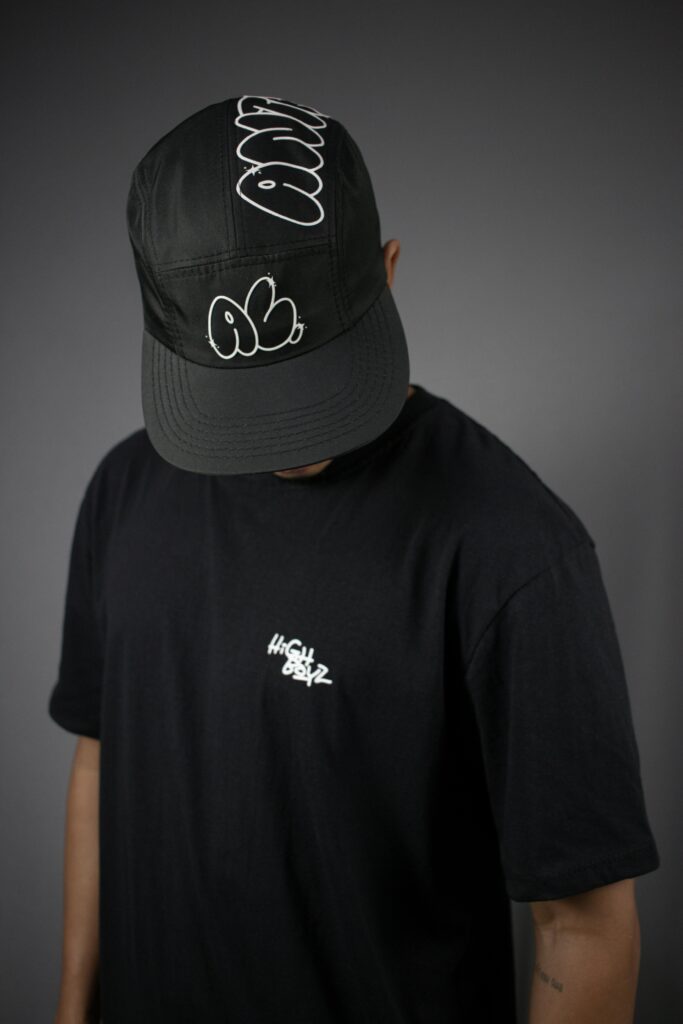
Off-White: Where Streetwear Meets High Fashion
Overview:
Off-White is a Milan-based fashion label founded in 2012 by the late Virgil Abloh, a visionary designer who blurred the lines between luxury fashion, streetwear, and contemporary culture. Known for its use of quotation marks, zip ties, and industrial graphics, Off-White became a global phenomenon that redefined what fashion could look and feel like in the 21st century.
Founding and Philosophy:
Virgil Abloh, originally trained as an architect and civil engineer, launched Off-White after working with Kanye West as a creative director. His vision was to create a “gray area between black and white” — hence the name — combining high fashion’s craftsmanship with the authenticity and energy of streetwear.
Off-White is often described as luxury streetwear, but it’s more than just hoodies and sneakers. It’s a cultural movement that merges art, music, architecture, design, and fashion in unexpected ways.
Cultural Influence:
Off-White resonated deeply with the younger generation — fashion enthusiasts, creatives, and sneakerheads alike. The brand became a favorite among celebrities like Rihanna, Bella Hadid, Travis Scott, and A$AP Rocky. It was also one of the first luxury brands to fully embrace Instagram culture, drops, and hype dynamics.
The Legacy of Virgil Abloh:
Virgil’s untimely passing in 2021 left a massive impact on the fashion world. He was the first Black artistic director at Louis Vuitton, and one of the most influential designers of the decade. Off-White continues to honor his legacy, with new creative leadership carrying forward his vision of inclusivity, boundary-breaking design, and cultural relevance.
Conclusion:
Off-White is more than a fashion label — it’s a statement, a mindset, and a bridge between creative worlds. With roots in street culture and a seat at fashion’s most prestigious tables, Off-White represents the democratization of luxury and the power of disruptive thinking. It’s not just what you wear — it’s what it means.
Source Of Images Pexels.com